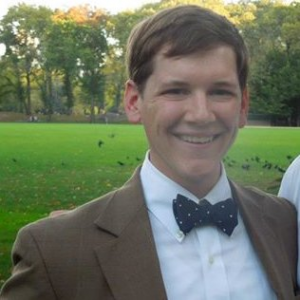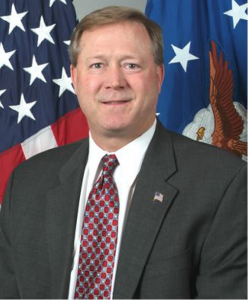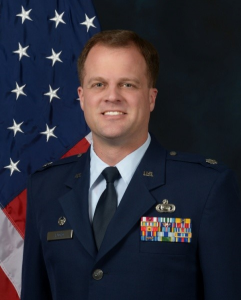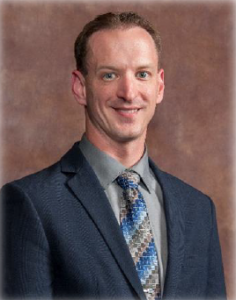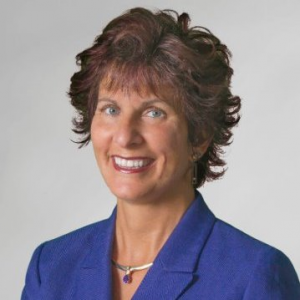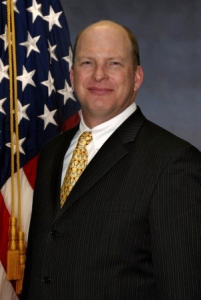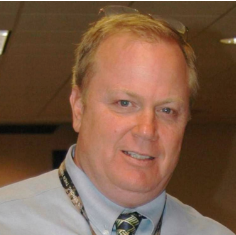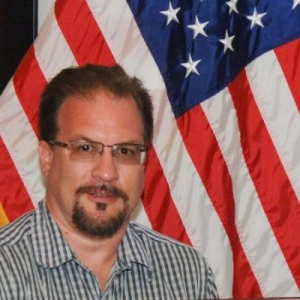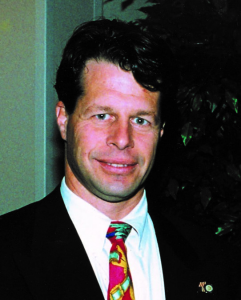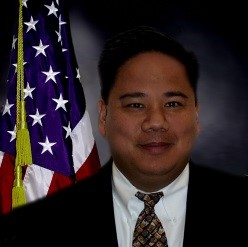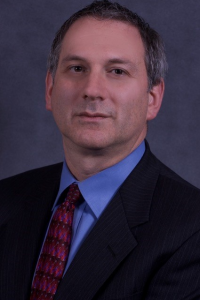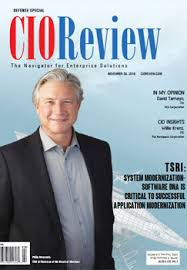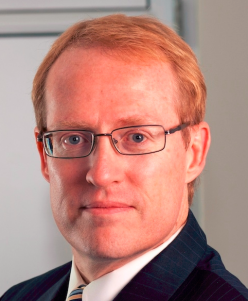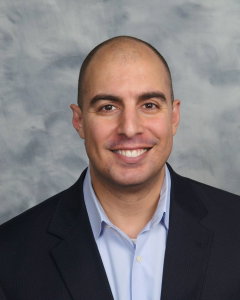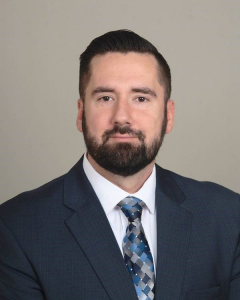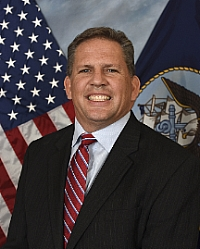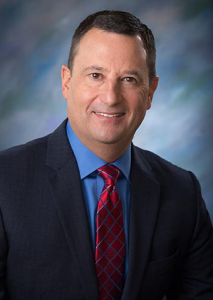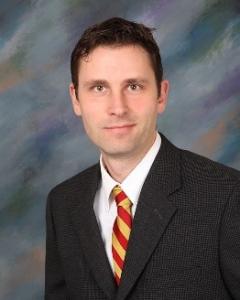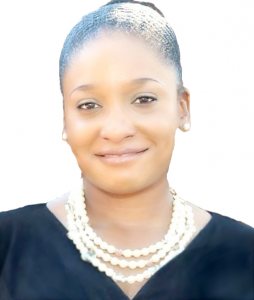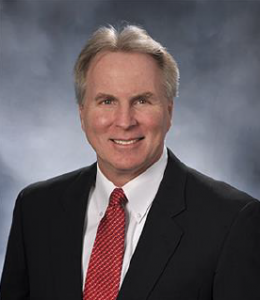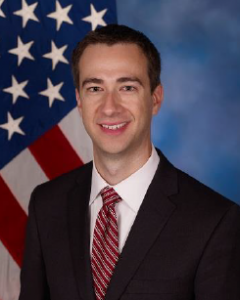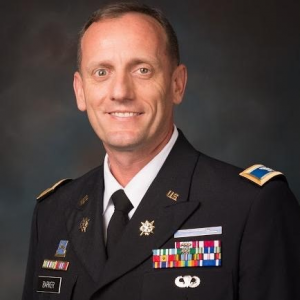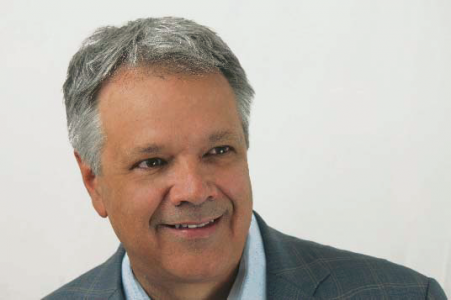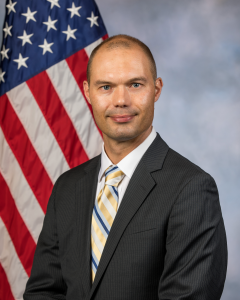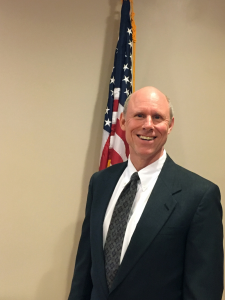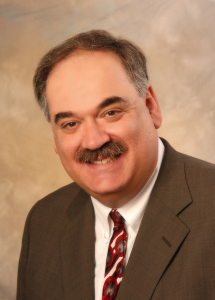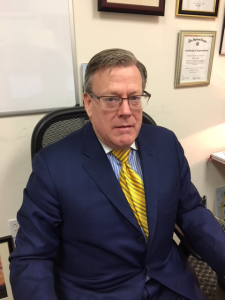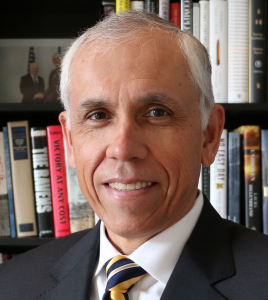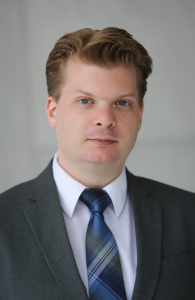Agenda
Interested in becoming a Keynote Speaker or being a member of a panel?
We still have Speaking spots available! Contact Dan Parsons at 703-522-5917 / dparsons@accessintel.com or John Robinson at 703-522-5655 / jrobinson@accessintel.com
2018 Agenda
Tuesday | May 1
- 8:00 AM – 8:30 AM
Breakfast
Complimentary breakfast and coffee will be provided as you network with your other Defense Colleagues on the General Session floor. The Defense Daily Team will lead introductions for the day's activities and introduce our Speakers. Let the Sessions begin!
- Dan Parsons Editor, Defense & Open Architecture / Defense Daily /
- 8:30 AM – 9:15 AM
Morning Keynote
- Lt Gen Robert Walsh Chief of Marine Corps Combat Development Command and Deputy Commandant, Combat Development and Integration / Marine Corps /
- 9:15 AM – 10:00 AM
Morning Plenary
- Randall G. Walden Member of the Senior Executive Service, Director and Program Executive Officer for the Air Force Rapid Capabilities Office / U.S. Air Force /
- 10:00 AM – 10:30 AM
Networking Break
- 10:30 AM – 11:15 AM
Project Maven: Automated Full-Motion Video Surveillance
Project Maven was developed to help Air Force analysts make better use of full-motion video surveillance by automating some of the basic labeling and other grunt work analysts are currently doing by hand.
- Lt Col Pink Floyd Deputy Chief of the Algorithmic Warfare Cross Functional Team (AWCFT) within the Office of the Undersecretary of Defense for Int / USAF /
- 11:15 AM – 12:15 PM
Rapid Upgrade to Sensor Systems
As sensor and avionics systems increase in number, applications, cost and complexity, users need to address issues such as affordability, versatility and capabilities. These systems need to be rapidly reconfigurable and reusable by a greater number of stakeholders. Be sure to join this session and learn about the value and success of using government/industry collaboration to develop open standards in avionics, sensors, and other potential adjacent markets. Panelists will discuss real-world, practical, operational advantages of how open architecture and open systems bring capability to the warfighter faster. You’ll also learn more about why the Sensor Open Systems Architecture (SOSA) Consortium was created by The Open Group to enable government and industry to collaboratively develop open standards and best practices to enable, enhance and accelerate the deployment of affordable, capable, interoperable sensor systems.
- Justin Taylor Director, Mission Systems Roadmaps Advanced Development Programs / Lockheed Martin /
- Judy Cerenzia FACE™ Consortium Director / The Open Group /
- John C. Bowling Technical Expert, Avionics Architectures and Interoperability AFLCMC/EZAC / U.S. Air Force /
- Dr. Steven A. Davidson Director, Product Family Development and Open Systems Architecture / Raytheon Space & Airborne Systems /
- Terance Carlson Assistant Program Executive Officer (APEO) - CIO/G6 and Chief Software Architect / Program Executive Office (PEO) Aviation /
- 12:15 PM – 1:30 PM
Networking Lunch
- 1:30 PM – 2:00 PM
Modular Software Frameworks Overview
- Jim Evangelos Deputy Director, JTNC / DoD Waveform Standards Division /
- 2:00 PM – 2:30 PM
Solutions Architecture Lab
- John Weiler Managing Director/CIO, Interoperability Clearinghouse (ICH) Co-Founder/Vice Chair / IT Acquisition Advisory Council (IT-AAC) /
- 2:30 PM – 3:00 PM
Networking Break
- 3:00 PM – 4:00 PM
Physical and Digital Modularity For Military And Commercial Applications
Panelists discuss the use of physical modularity and software modularity for military systems and the case for non-military use. Moderator Nick Guertin also will explain the motivation behind the shift in focus from the previous Open Architecture Summit to Modular Open Systems as a driving theme, and why it is important to national security.
- Nick Guertin Senior Software Systems Engineer / Software Engineering Institute /
- Nilo Maniquis Ship Systems and Integration Engineer / U.S. Navy /
- David Barnett Vice President of Products and Markets / Real Time Innovations (RTI) /
- Philip Newcomb Founder/Chairman/CEO and CTO / The Software Revolution, Inc. (TSRI) /
- Dr. Douglas C. Schmidt Cornelius Vanderbilt Professor of Computer Science and Associate Chair of the Electrical Engineering and Computer Science Depart / Vanderbilt University /
- 4:00 PM – 4:30 PM
5 Things Federal Contractors Need to do to Get Cybersecurity Right
Spend 15 minutes with us on the exhibit hall floor to learn how successful government IT contractors are resolving open security findings so that deployed IT solutions are cleared for operations.
Though vulnerability scanning tools provide an excellent snapshot of the state of the environment, those with deep knowledge of the design and architecture of these systems are often able to find ways to work around some of the security controls if they choose to. If a control can be bypassed, what else is exposed? Why does this even happen and what can be done about it?
Taking cybersecurity to a completely different level will require drastic changes in the federal contracting process. This session will delve into 5 critical areas that need serious consideration.
Attendees to this Session will Learn:- Where IT security gaps exist in federal IT project implementations
- How to identify what is needed to more adequately ensure the security of IT systems
- Ahmed Aboulnaga Senior Manager / Attain /
- Timothy Meyers Senior Cybersecurity Specialist / Attain /
- 4:30 PM – 5:00 PM
Complying with ITAR Requirements in a Modular Open System Architecture
This exhibit floor briefing delves into the topic of ITAR, including what the requirements are mandatory in open standards-based defense systems as well as how to effectively share ITAR-controlled technical data in an open multi-vendor environment.
Also covered will be how defense services are dealing with foreign program partners and subcontractors in open systems, how TAA’s are used with other multi-party license authorizations and best practices for the coordination of restrictions on ITAR-controlled technical data and IP data rights.
Attendees to this session will learn:- What ITAR data security requirements are necessary for implementation
- Specific issues surrounding how ITAR regulatory requirements arise in open system operations
- The legal risks and potential penalties for ITAR violations
- Practical recommendations for compliance and risk mitigation
- Tom McVey Attorney / Williams Mullen /
Wednesday | May 2
- 8:00 AM – 8:30 AM
Breakfast
Complimentary breakfast and coffee will be provided as you network with your other Defense Colleagues on the General Session floor. The Defense Daily Team will lead introductions for the day's activities and introduce our Speakers.
- 8:30 AM – 9:15 AM
Morning Keynote
Navy Chief Weapon Buyer James Geurts will discuss how the service is challenging its program directors to find ways of opening legacy systems to new capabilities, and how the Navy views modular, open systems technologies keeping legacy and future platforms relevant in a rapidly changing world. Many of the Navy’s marquis platforms were designed decades ago and cannot readily accept regular hardware and software refreshes to keep them relevant. The Navy is trying to move toward a more modular, open system approach, but it requires establishing interface standards and open architectures onto systems that are already integrated onto aircraft and ships.
- James Geurts Assistant Secretary of the Navy for Research, Development & Acquisition / U.S. Navy /
- 9:15 AM – 10:15 AM
Acquisition Reform to meet Multi-Domain Battle Requirements
As the Joint Force adjusts Operating Concepts to deter or meet the demands of future warfare, the Unites States must make fundamental changes to the DoD Acquisition Process. These reforms include combining technology demonstrations in vehicle systems and open architecture requirements for the hardware and software of mission systems.
The combination of an open systems architecture in technology demonstrators and early prototypes facilitates the development of systems that are capable of growth in weight and power as well as mission systems capacities.
Open systems architecture combined with robust technology demonstrations and early prototyping presents some challenges and opportunities to the USG and industry. These challenges include cyber security, protection of proprietary information, funding availability and overcoming decades of inefficient acquisition methods.
Attendees to this session will learn:
- Best practices for enabling acquisition reform through USG/Industry cooperation in effective Technology Demonstration program management.
- The impact that Open system architecture challenges and data rights have on acquisition reform.
- Overcoming challenges with the current DoD 5000 and rate of technology advancement (e.g. life cycle sustainment strategies for software intensive systems through technology insertion and software product upgrade).
- How to overcome the challenges posed by the current DoD 5000 and rate of technology advancement How open system architecture and technology demonstrations support rapid increase in capability reducing program cost and risk.
- Vince Tobin Executive Vice President, Military Business / Bell Helicopter /
- Chris Speights Director, Platform System Integration Engineering & Technology / Sikorsky- A Lockheed Martin Company /
- Monique Ofoli Engility Contractor, Modular Open Systems Lead for Engineering Tools and Environments / Office of the Deputy Assistant Secretary of Defense, Systems Engineering /
- Eric “Delta” Burke Avionics Lead for Future Vertical Lift / Harris Corp. /
- Tom Rodgers Vice President, Rotary and Mission Systems (RMS) / Lockheed Martin /
- 10:15 AM – 10:45 AM
Networking Break
- 10:45 AM – 11:15 PM
Testing & Troubleshooting new technologies on Legacy systems
The Navy is using an open-architecture processor called “Mudbucket” to not only trick legacy systems to perform tests on new technologies, but is using the same system to retroactively search for cyber vulnerabilities of existing combat platforms. Join this breakout session to hear about the latest developments in this open, computable technology that are taking place today.
- Matthew Hederstrom Chief Executive Officer / Varley /
- 11:15 AM – 12:15 PM
Modernizing Battlefield Communications
Maj. Gen. Peter Gallagher, who heads the Army’s network cross functional team (CFT), has called for an open-architecture baseline communications capability for the entire service that can be rapidly, continuous updated as new technologies emerge or to meet evolving threats. He and Maj. Gen. David Bassett, program executive officer for command, control, communications-tactical (PEO C3T) are working in lockstep to ensure the Army finally establishes a secure, upgradeable network that is viable in combat against a near-peer threat.
- Dan Parsons Editor, Defense & Open Architecture / Defense Daily /
- Joe Welch Technical Management Director / U.S. Army /
- Col Ed Barker Senior Acquisition Liaison and Advisor / U.S. Army /
- 12:15 PM – 1:30 PM
Lunch
- 1:30 PM – 2:30 PM
Ensuring Security of our Homeland against Unknown Threats
When it comes to protecting our homeland and ensuring security of our country’s critical infrastructure, it is imperative for security technologies to be seamlessly compatible with each other. Come to this session and learn how Customs and Border Protection, the Transportation Security Administration, and other components of the Department of Homeland Security are acquiring security systems that feature open system architecture, making it easier to operate different systems, avoid vendor lock, and increase competition for upgrades and enhancements to existing equipment.
- Mark J. Laustra Vice President, Global Business Development & Government Relations, Chairman, Security Manufacturers Coalition / Analogic Corp. /
- Doug MacIvor Acting Manager, Countermeasures Architecture Branch / Transportation Security Administration (TSA) /
- Nick Guertin Senior Software Systems Engineer / Software Engineering Institute /
- Cal Biesecker Reporter: Business/Homeland Security / Defense Daily /
- 2:30 PM – 3:00 PM
The Role of Standards within MOSA
In the era of rapidly evolving threats that require faster cycle times for fielding and modifying warfighting capabilities, standards provide vendors with the ability to focus on advanced technologies while building on known, time-proven standards. Dr. Richard Soley, Chairman and CEO of the Object Management Group will discuss the role open standards play so that future military platforms can keep up with evolving threats and emerging technologies within the MOSA framework. Also covered in this timely sessions are the OMG-managed programs that advance multiple initiatives and products in horizontal and vertical trade spaces, benefiting the DoD and international partners. Finally, you’ll learn about current work being done already in the area s of business, Secure Secure Networking Communications (SNC), Space and SysML®.
- Dr. Richard Soley Chairman and CEO / Object Management Group /
- 3:00 PM – 4:00 PM
Modular Air and Missile Defense Modernization
- Peter Huessy Director of Strategic Deterrent Studies / Mitchell Institute for Aerospace Studies /
- Vincent Alcazar Colonel, Retired / USAF /
- Ian Williams Associate Director / CSIS Missile Defense Project /
